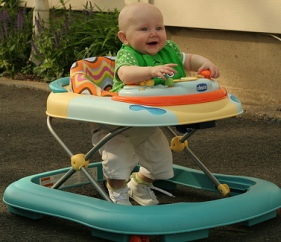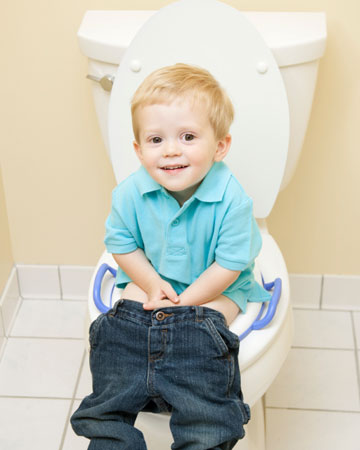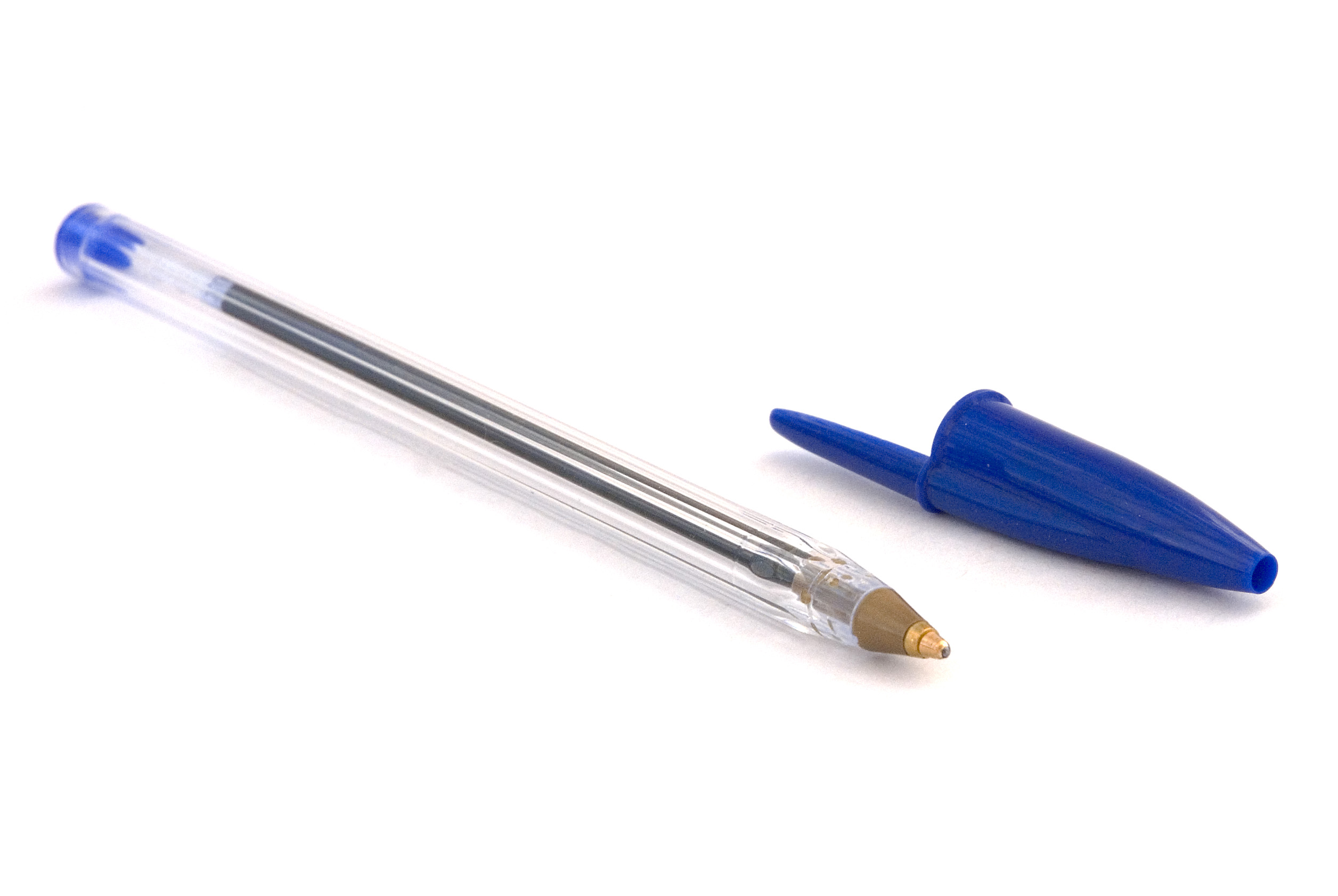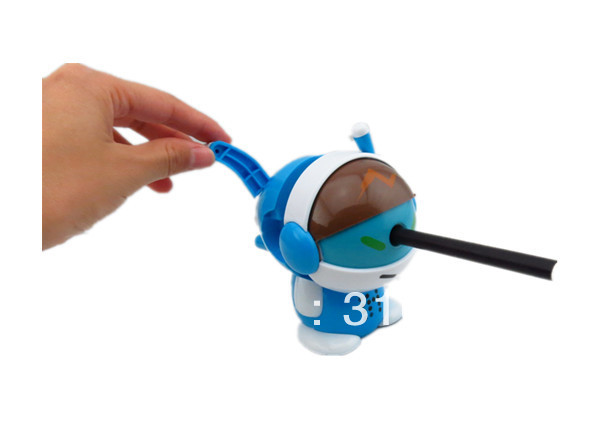Many parents don’t set - or don't enforce - rules for their kids
because they don’t want to be the villain but setting your child limits
is vital for teaching him self-control.
How rules help your child feel secure
One of the main parent pitfalls Supernanny Jo Frost tackles in
her sessions with families on the show is failing to set rules because
you don’t want to be too tough on your kids. Trouble is this often means
parents end up losing control because they’re too soft to enforce
boundaries and follow up bad behavior with consequences.
Few aspects of parenting are as important as discipline. The bottom line is that it helps your child feel secure and determines what kind of person he’ll grow up to be.
Discipline or punishment?
So many parents confuse discipline with punishment and part of Supernanny’s mission is to show parents that managing their kids’ behavior needn’t be a negative experience. See discipline as a way of teaching your child self-control instead of a way of controlling your child, and you’re well on the way to appreciating that it can be a positive learning experience. Once you’ve helped build that sense of self-control you’ve effectively taught your child the skill of disciplining himself.
Why kids need rules
Your house rules set limits and boundaries for your child that help him think in an orderly way and get along with other kids and adults. They impact on his academic success – think about how the discipline he learns from you is the basis for his behavior at school – demonstrate that there are consequences to his actions and keep him safe. Helping him stick to the rules will make him way more pleasant to have around and be around and his sense of self-control is a vital skill he can fall back on during his teen years, when making wise decisions may run counter to his desire to rebel.
Keeping it positive
If discipline isn’t the same as punishment, that definitely rules out spanking. Although some parents see it as the ideal short, sharp shock, especially if their child is engaging in behavior that risks his safety, using it for day-to-day punishment risks teaching your child that physical aggression is OK. Always keep in mind that you’re aiming to teach your child what behavior is acceptable – not punish him for being bad.
How to discipline when you really don’t want to…
Some parents just don’t want to be the bad guy; others let their kids get away with doing what they like when and where they like because they’re afraid saying no will result in a tantrum. Others had harsh discipline meted out to them when they were young and don’t want their kids to feel the way they did. What you have to remember is that you owe it to your child to raise him to be a responsible adult – and teaching him how to behave is a big part of that. How do you do it?
Few aspects of parenting are as important as discipline. The bottom line is that it helps your child feel secure and determines what kind of person he’ll grow up to be.
Discipline or punishment?
So many parents confuse discipline with punishment and part of Supernanny’s mission is to show parents that managing their kids’ behavior needn’t be a negative experience. See discipline as a way of teaching your child self-control instead of a way of controlling your child, and you’re well on the way to appreciating that it can be a positive learning experience. Once you’ve helped build that sense of self-control you’ve effectively taught your child the skill of disciplining himself.
Why kids need rules
Your house rules set limits and boundaries for your child that help him think in an orderly way and get along with other kids and adults. They impact on his academic success – think about how the discipline he learns from you is the basis for his behavior at school – demonstrate that there are consequences to his actions and keep him safe. Helping him stick to the rules will make him way more pleasant to have around and be around and his sense of self-control is a vital skill he can fall back on during his teen years, when making wise decisions may run counter to his desire to rebel.
Keeping it positive
If discipline isn’t the same as punishment, that definitely rules out spanking. Although some parents see it as the ideal short, sharp shock, especially if their child is engaging in behavior that risks his safety, using it for day-to-day punishment risks teaching your child that physical aggression is OK. Always keep in mind that you’re aiming to teach your child what behavior is acceptable – not punish him for being bad.
How to discipline when you really don’t want to…
Some parents just don’t want to be the bad guy; others let their kids get away with doing what they like when and where they like because they’re afraid saying no will result in a tantrum. Others had harsh discipline meted out to them when they were young and don’t want their kids to feel the way they did. What you have to remember is that you owe it to your child to raise him to be a responsible adult – and teaching him how to behave is a big part of that. How do you do it?
- Don’t see your child as bad
Instead of coming at discipline from the angle that your child has intentionally done something naughty, try see his acting up as a lapse in judgment. This makes it easier for you to discipline him in a positive way because you’ll be more inclined to focus on teaching him what’s acceptable. - Make his routine consistent
Set regular times for meals, homework and bedtime. If he knows it’s set in stone that he does something at a particular time, he’s less likely to act up when you tell him to go do it. - Don’t make rules he can’t keep
Be reasonable when it comes to the house rules. Involve your child as much as possible in compiling them and before making each rule, think about whether it’s really necessary and whether you might be effectively setting traps for him by laying down laws he can’t possibly stick to. Make sure your rules are appropriate for his age and accept that you might need to be more flexible as he gets older and needs more independence. - Consistently enforce consequences One
of Supernanny’s top rules of discipline is to follow through with
consequences for bad behavior. One of the best ways to deter your child
from acting up is to show him you - and all his carers
- mean business when it comes to consequences – if he thinks you’re a
soft touch he won’t have any incentive to follow the rules.
- Remove temptation
Young children have very little self-control, so don’t leave temptation in his way. Let’s face it: if he can reach the snack jar he’s sure to raid it half an hour before his dinner is ready! Avoid having to discipline him for it by not leaving behavior booby traps in his path – instead create an environment that promotes good behavior. - Watch the dos and don’ts
Reframe your discipline vocabulary. For example, instead of saying, “Josh, don’t snatch that toy from Cody”, say “It’s Cody’s turn to play with that toy now, Josh”. In this way you’re telling your child what to do instead of constantly telling him what not to do.
by Supernanny Team
Article retrieved from: http://www.supernanny.co.uk/Advice/-/Parenting-Skills/-/Discipline-and-Reward/Why-children-need-discipline.aspx
Image retrieved from: http://www.scholastic.com/parents/sites/default/files/field_asset_image/daily-tips-6-7-learning-school-how-to-teach-right-and-wrong.jpg















